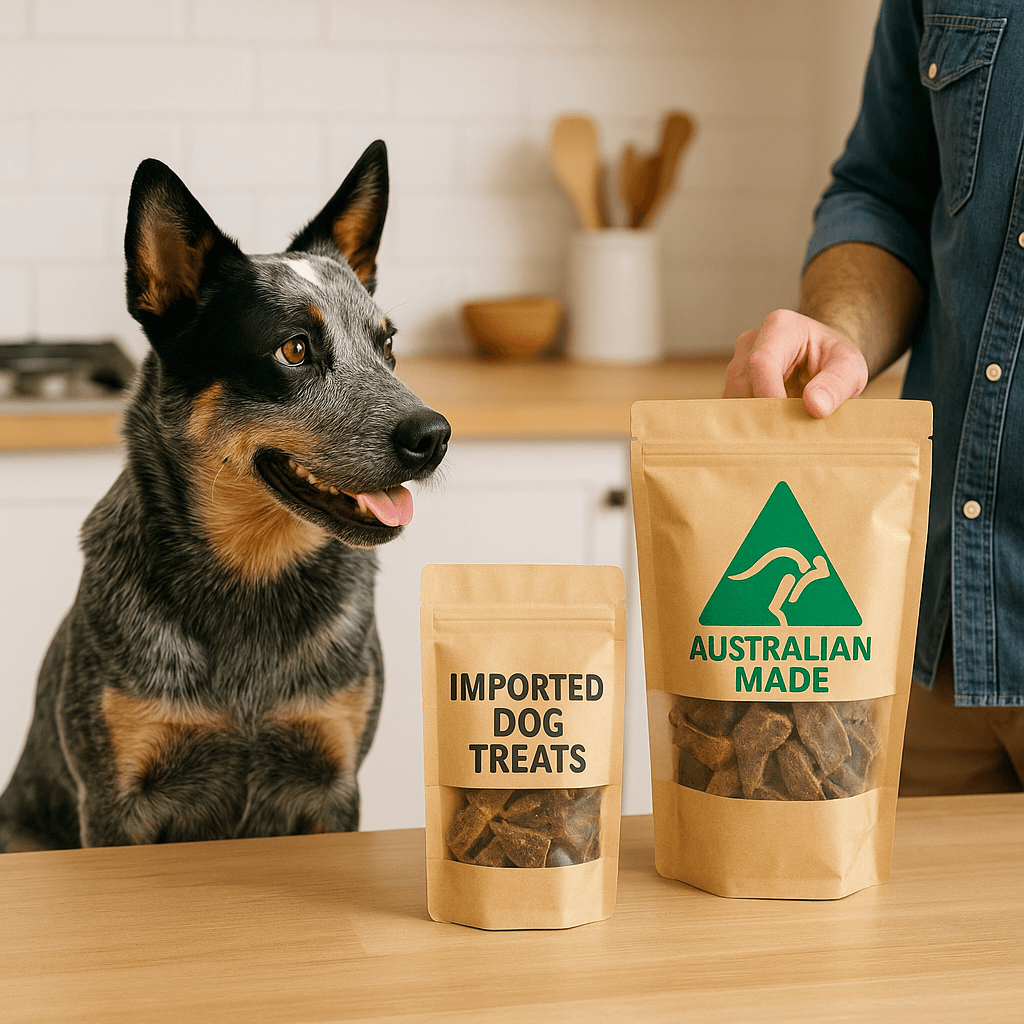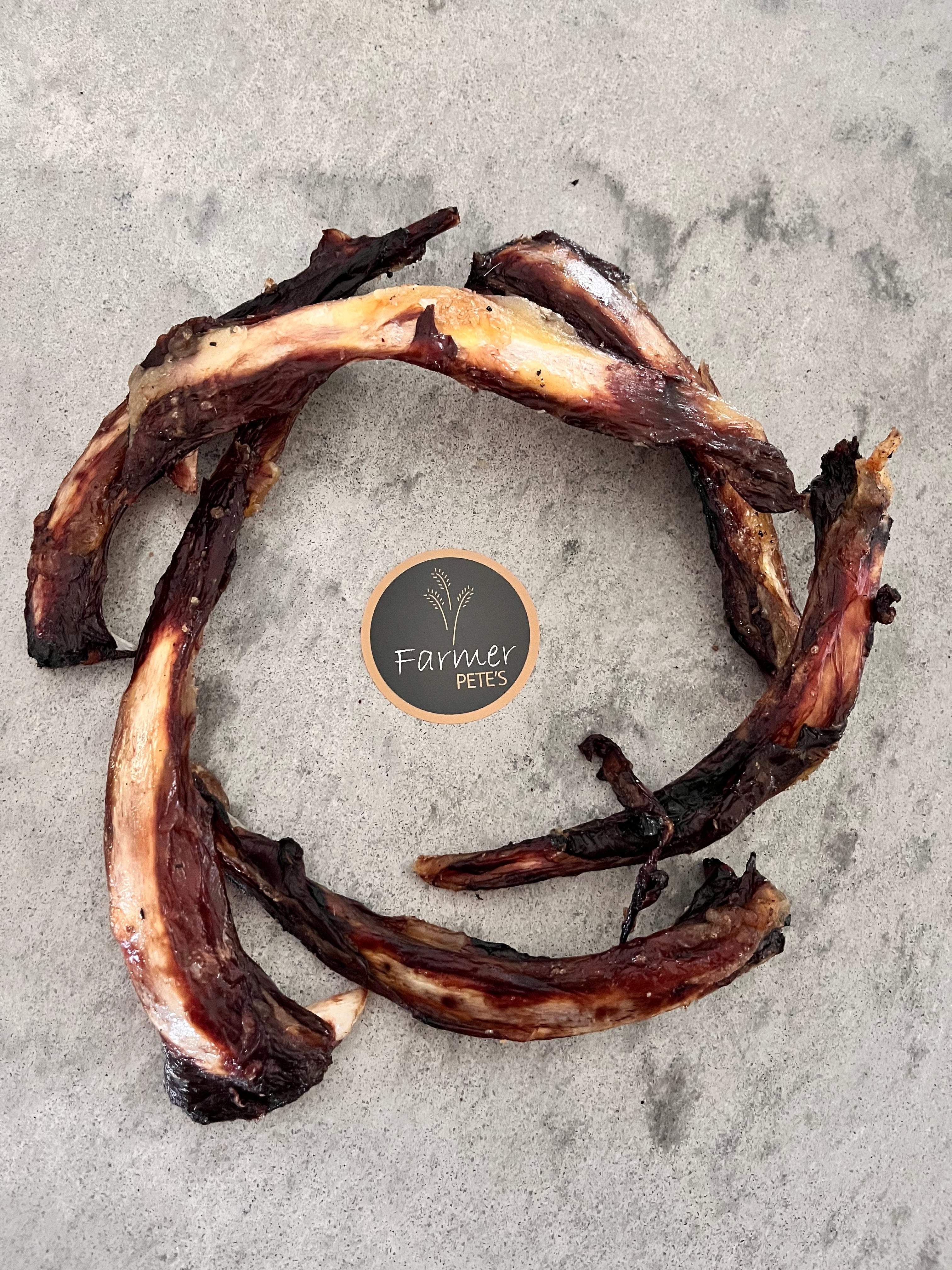Do we treat our little dogs differently?
Yes, people do tend to treat little dogs differently than they would treat larger dogs. Little dogs are often viewed as cute and cuddly, and as a result, they may be picked up, carried, and held more often than larger dogs. They may also be allowed to get away with behaviours that would not be tolerated in a larger dog, such as jumping up on people or barking excessively.
Additionally, some people may have lower expectations for small dogs in terms of training and behaviour. They may assume that little dogs are inherently less trainable or less intelligent than larger dogs, which can lead to lower standards for their behaviour and training.
However, it's important to remember that little dogs are still dogs, and they require the same level of care and training as larger dogs. Small dogs can be just as intelligent, trainable, and well-behaved as larger dogs when given proper care and training. Treating them differently simply because of their size can lead to behaviour problems and can be unfair to the dog.

Do people treat little dogs differently than big dogs?
Yes, many people do speak to little dogs differently than they would speak to larger dogs or to humans. This is often referred to as "baby talk" or "dog-directed speech." When speaking to little dogs, people may use higher-pitched, sing-songy voices, exaggerated intonation, and simplified vocabulary. This type of speech is similar to how people often speak to babies or young children, which is why it is sometimes called "baby talk." Some people may also use cutesy or diminutive terms when referring to their small dogs, such as "puppy," "sweetie," or "little one."
It is important to note that while this type of speech may be cute or endearing to humans, it is not necessarily beneficial for the dog. Dogs are able to understand many human words and phrases, but they are most responsive to clear, consistent commands and positive reinforcement such as treats from Farmer Pete’s. Therefore, it is generally best to speak to dogs in a clear, calm, and consistent tone, regardless of their size.
Using baby talk or dog-directed speech with dogs, including little dogs, may be more about making the human feel good than about communicating effectively with the dog. While some dogs may respond positively to high-pitched and exaggerated tones, others may become confused or even agitated by it. Additionally, using consistent and clear language helps dogs to better understand what is expected of them and can make praise and training more effective.
It's also important to note that dogs communicate primarily through body language and tone of voice, rather than specific words or phrases. So, even if you're not using baby talk, it's still important to pay attention to your body language, tone, and overall demeanour when interacting with dogs, as they can pick up on subtle cues that humans may not even be aware of. Ultimately, the best way to communicate with dogs, including little dogs, is through positive reinforcement, clear cues, and consistent training. Farmer Pete’s has all your training treat needs.
What is “small dog syndrome”?
"Small dog syndrome" is a term used to describe a behaviour pattern that is sometimes observed in small dogs, particularly those that are pampered and overly indulged by their owners. Small dog syndrome refers to a range of behaviours that are sometimes seen in small dogs that are allowed to get away with behaviours that would not be tolerated in larger dogs.
Small dog syndrome can manifest itself in a number of ways, including excessive barking, jumping up on people, biting or nipping, and growling or snapping. These behaviours can be a result of the dog feeling insecure or threatened due to their small size and feeling the need to assert dominance over people or other dogs.
Small dog syndrome can be a serious problem, as it can lead to aggressive behaviour that can be dangerous for both the dog and those around it. It is important for small dog owners to provide consistent and firm training, socialisation, and exercise to prevent the development of small dog syndrome. This involves treating the small dog as they would any other dog, with clear rules, boundaries, and expectations. With proper care and training, small dogs can be just as well-behaved and well-adjusted as larger dogs.
Small dog syndrome is not a medical condition but rather a behavioural pattern that can develop in small dogs that are not properly trained or socialised. The term is often used to describe the behaviour of small dogs that are overly aggressive, possessive, and demanding, often with their owners or with other dogs.
It can be caused by a variety of factors, including genetics, improper socialisation, lack of training, or a lack of exposure to different environments and experiences. Small dogs that are excessively pampered or treated like a baby may also be more prone to developing this behaviour pattern.
How to prevent “small dog syndrome”?
To prevent small dog syndrome, it's important to provide your small dog with consistent training and socialisation. This means exposing them to a variety of people, animals, and environments, and teaching them appropriate behaviour and commands. You should also set clear boundaries and rules for your dog and avoid indulging them excessively.
If your small dog is already exhibiting signs of small dog syndrome, it's important to work with a professional dog trainer or behaviorist to address the issue. With the right training and behaviour modification techniques, it is possible to help your small dog overcome this behaviour pattern and become a well-behaved and well-adjusted companion.

What can people do for their little dogs to help?
There are several things that people can do to help their little dogs, including:
Provide consistent training and socialisation: little dogs, like all dogs, need consistent training and socialisation to help them become well-behaved and well-adjusted. This involves teaching them basic commands and manners, exposing them to different people and environments, and rewarding positive behaviour. Farmer Pete’s treats provide the perfect training tool for you to help train you dog.
Set clear boundaries and rules: little dogs, like all dogs, need clear boundaries and rules to help them understand what is expected of them. This means establishing rules around behaviour, such as not allowing them to jump up on people and being consistent with consequences when rules are broken.
Give them plenty of exercise: little dogs may not need as much exercise as larger dogs, but they still require daily exercise to keep them healthy and happy. This can include walks, playtime, and training activities.
Provide mental stimulation: little dogs, like all dogs, benefit from mental stimulation. This can include puzzle toys, interactive games, and training activities that challenge their minds.
Avoid overindulging them: While it can be tempting to spoil little dogs, overindulging them can lead to behaviour problems and other issues. Instead, focus on providing them with love, attention, and positive reinforcement for good behaviour.
Allow them to walk on a lead: As tempting as it may be to carry your little dog. Remember they have four legs, and you only have two. They will enjoy the exercise and the mental stimulation on a sniff-a-thon of the environment.

Why is signs of aggression, anxiety, and fear more common in small dogs?
Signs of aggression, anxiety, and fear can be more common in small dogs due to a variety of factors, including genetics, socialisation, and environmental influences.
One factor is that small dogs may be more prone to anxiety and fear due to their smaller size and increased vulnerability. Small dogs may perceive certain situations, such as meeting new people or encountering unfamiliar dogs, as more threatening, which can lead to anxiety or fear-based aggression.
Additionally, small dogs may be more prone to aggression and anxiety if they are not properly socialised during their critical socialisation period, which occurs between the ages of 3 and 14 weeks. Socialisation involves exposing puppies to different people, animals, and environments to help them develop positive associations and avoid fear-based reactions.
Furthermore, some small dog breeds have a genetic predisposition to certain behaviour problems, including aggression and anxiety. Breeds like Chihuahuas, Pomeranians, and Yorkshire Terriers, for example, are known to be more prone to anxiety and fear-based aggression.
Environmental factors, such as a lack of exercise or stimulation, can also contribute to behaviour problems in small dogs. Without proper outlets for their energy, small dogs may become anxious, bored, or restless, which can lead to destructive behaviour or aggression.
Similarly, owners may be more likely to give in to their small dog's demands, such as wanting attention or treats, which can lead to the development of aggressive or possessive behaviour.
If small dog owners are having difficulty managing their dog's behaviour, they should seek the help of a professional dog trainer or behaviorist who can provide guidance and support in addressing these issues. With proper care and attention, small dogs can be wonderful, well-behaved companions.

Conclusion
Small dogs may be more prone to behavioural problems due to their owners treating them differently than they would larger dogs. Small dogs may be picked up and carried around more often, not allowed to interact with other dogs or people, and may be indulged with treats and attention, which can lead to behaviour problems.
It's important for owners of small dogs to recognise that their dog's behaviour is not solely determined by their size and to treat them the same as they would a larger dog. This means providing consistent training and socialisation, setting clear boundaries and rules, and avoiding overindulging them. By following these tips, people can help their little dogs become happy, healthy, and well-behaved companions.



